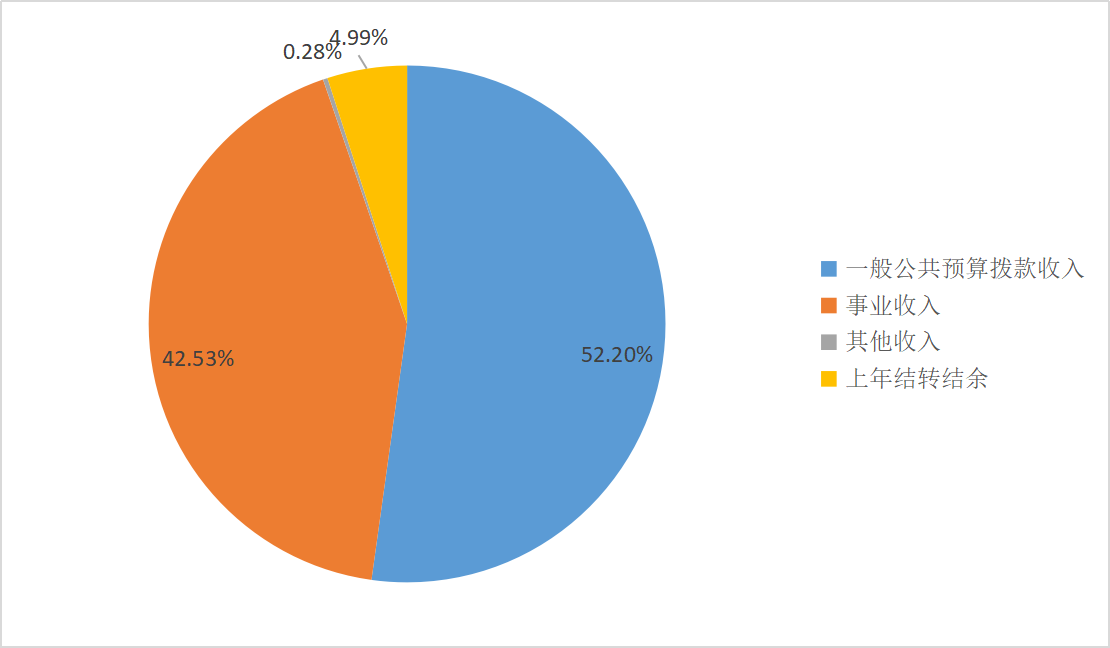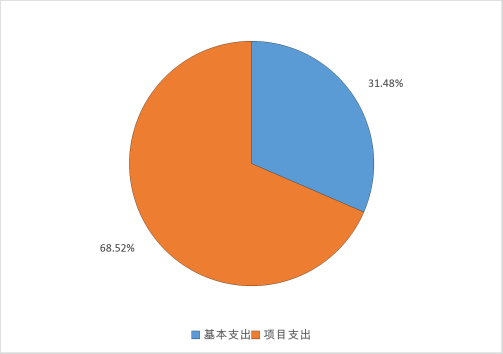Budget Information of National Grand Theatre in 2024
Catalogue
The first part of the 2024 annual departmental budget.
I. Description of departments
Second, the income budget.
III. Explanation of Expenditure Budget
Four, the financial allocation of "three public" funds budget.
V. Other explanations
VI. Explanation of Nouns
The second part of the 2024 annual departmental budget report
I. Summary of Income and Expenditure
II. Summary of income
III. Summary of Expenditure
Fourth, the project expenditure table
Five, the government procurement budget list
VI. Summary of Financial Appropriations and Income and Expenditure
Seven, the general public budget expenditure table.
Eight, the general public budget financial allocation basic expenditure table
Nine, the government fund budget expenditure table.
Ten, the state-owned capital operating budget financial allocation expenditure table
Eleven, financial allocation "three public" expenditure table
Twelve, the government purchase service budget financial allocation list
XIII. Performance Target Table of Project Expenditure
Fourteen, the overall expenditure performance target table
The first part of the department budget in 2024.
I. Description of departments
(a) the nature and responsibilities of the department, etc.
The National Centre for the Performing Arts (NCPA) is a municipal and bureau-level institution established in accordance with the Letter on Issues Related to the Establishment of the NCPA (No.41 [2007] of the Beijing Municipal Organization Committee Office). As the highest performing arts center in China, the National Centre for the Performing Arts will adhere to the tenet of "people’s nature, artistry and internationality" and take "art changes life" as its core value concept, and strive to become an important member of internationally renowned theaters; The highest hall of national performing arts; The leader of art popularization education; The largest platform for cultural exchanges between China and foreign countries; An important base for cultural and creative industries.
(II) Institutional setup
The National Centre for the Performing Arts (NCPA) is a municipal and bureau-level institution established in accordance with the Letter on the Organizational Establishment of NCPA issued by the Office of the Organizational Establishment Committee of Beijing Municipality (No.41 [2007] of Beijing Office). It mainly includes performance department, repertoire production department, art creation center, stage technology department, brand promotion center, marketing department, development cooperation department, art popularization education department, art exchange department, film and television program production department, art data center, art department, field affairs department, office, party and mass work department, human resources department, finance department, audit department, security department, information center, engineering department, administrative department and Taihu Dance Art Center.
(3) staffing and actual situation
There are 699 people in the National Grand Theatre, and there are 523 people. There are 434 employees. There are 44 retirees, including 0 retirees and 44 retirees.
Second, the income budget.
The revenue budget for 2024 is 1,279,447,300 yuan, an increase of 230,242,200 yuan or 21.94% compared with the budget of 1,049,205,100 yuan at the beginning of 2023. The main reason is the linkage of "one hospital and three sites", which is expected to increase the box office revenue and ensure the operation of Beijing Art Center.
(1) The revenue from financial allocation this year is 667,848,300 yuan.
1. The general public budget revenue is 667,848,300 yuan.
2. The budgetary allocation income of government funds is 0,000 yuan.
3. State-owned capital operating budget appropriation income is 0 million yuan.
(II) Income from other funds this year is 547,806,800 yuan.
4. The financial account management fund income is 0 million yuan.
5. Business income is 544,183,900 yuan.
6. The superior subsidy income is 0,000 yuan.
7. The income paid by the affiliated unit is 0,000 yuan.
8. The operating income of public institutions is 0,000 yuan.
9. Other income is 3,622,900 yuan.
(III) The balance carried forward from the previous year was 63,792,200 yuan.
10. The balance carried forward from the previous year was 63.7922 million yuan.

Figure 1: Revenue Budget
III. Explanation of Expenditure Budget
The expenditure budget in 2024 was 1,279,447,300 yuan, an increase of 230,242,200 yuan or 21.94% compared with the budget of 1,049,205,100 yuan at the beginning of 2023. The main reasons are: implementing the plan of "one hospital and three sites" to ensure the opening and operation of Beijing Art Center.
(1) Basic expenditure. The basic expenditure budget is 402,751,000 yuan, accounting for 31.48% of the total expenditure budget, an increase of 7,235,400 yuan or 1.83% compared with the budget of 395,515,600 yuan at the beginning of 2023.
(2) Project expenditure. The project expenditure budget is 876,696,300 yuan, an increase of 223,006,800 yuan or 34.12% compared with the budget of 653,689,500 yuan at the beginning of 2023.
Among them:
1. The operating expenditure of public institutions is 0,000 yuan.
2. Pay the expenditure of 0,000 yuan to the superior.
3. Subsidy expenditure for affiliated units is 0,000 yuan.

Figure 2: Basic Expenditure and Project Expenditure
(3) The balance of funds carried forward at the end of the year is 0,000 yuan.
Four, the financial allocation of "three public" funds budget.
There is no "three public" budget for the department in 2024.
V. Other explanations
(a) the government procurement budget
In 2024, the total government procurement budget of the National Grand Theatre was 181,506,600 yuan, including 94,061,600 yuan for goods, 9,559,200 yuan for projects and 77,885,800 yuan for services.
(two) the government purchase service budget.
In 2024, the national grand theatre government purchased services with a total budget of 0,000 yuan.
(3) An explanation of the operating expenses of the organ
This department is not within the statistical scope of the operating expenses of the organs.
(four) the project expenditure performance targets.
In 2024, the National Centre for the Performing Arts reported 85 budget items with performance targets, accounting for 100% of the 85 budget items of this year. The project expenditure budget for reporting performance targets is 812,904,100 yuan, accounting for 100% of the project expenditure budget of this department this year.
(five) the key administrative fees.
This department has no key administrative fees in 2024.
(six) the financial allocation of state-owned capital operating budget.
This department has no budget for financial allocation of state-owned capital operating budget in 2024.
(seven) the occupation of state-owned assets.
By the end of 2023, there were 7 vehicles in the National Centre for the Performing Arts, totaling 1,653,700 yuan; There are 477 sets of equipment with a unit value of more than 500,000 yuan, totaling 992,179,100 yuan. In the budget arrangement for 2024, 26 sets of equipment with a unit value of more than 500,000 yuan were purchased, totaling 105,909,600 yuan.
VI. Explanation of Nouns
Basic expenditure: refers to personnel expenditure and public expenditure incurred to ensure the normal operation of institutions and complete daily tasks.
Project expenditure: refers to the expenditure incurred to complete a specific administrative task or career development goal in addition to the basic expenditure.
Government procurement: The use of fiscal funds by state organs, institutions and organizations at all levels to purchase goods, projects and services within the legally formulated centralized procurement catalogue or above the procurement quota standard is an effective measure to standardize the management of fiscal expenditure and strengthen budget constraints.
The second part of the 2024 annual departmental budget report